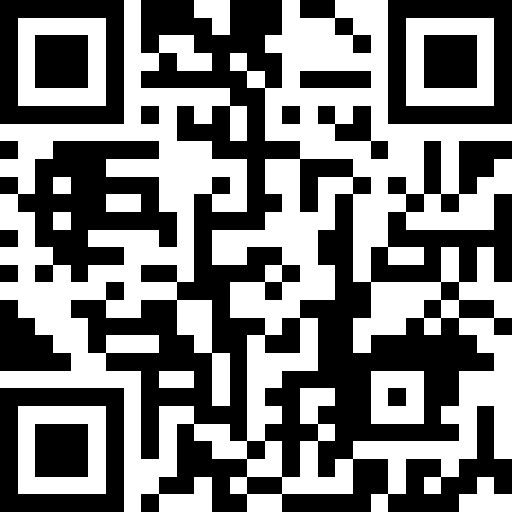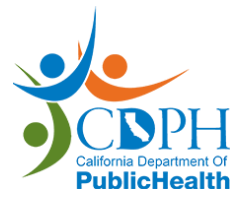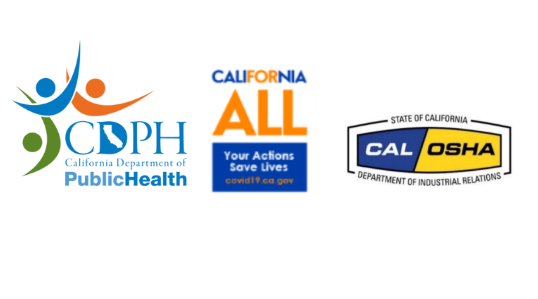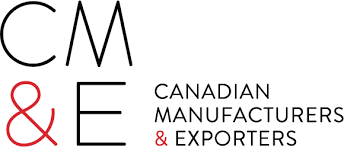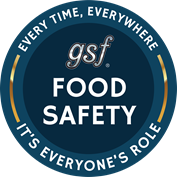Title Page
-
Site conducted
-
Conducted on
-
Prepared by
-
Location
-
Process
1. Audit Preparation
-
1.1Document Review: Verify Documents for compliance to IATF16949 requirement.<br> System revision list vs Shopfloor revisions verified.
-
1.2 Previous Audit Findings: Review of previous findings to evaluate adherence and effectiveness of <br> closure.
-
1.3 Corrective Action: Review of previous CPAR's to evaluate adherence and effectiveness of closure.
-
1.4 Performance evaluations: Evaluate process performance to departmental objectives. <br> Evaluate trends and actual performance and if targets are not met, <br> evaluate action plans.
-
1.5 Customer Specific Requirements: Review as per the Manufacturing QOS Model and CSR Matrix if CSR's <br> apply to the process and evaluate if these are considered in the<br> process design and application.
-
1.6 Process design review: Comparison of FMEA, CP,Drawings and specification with special attention to <br> alignment of document and acceptable controls for SC's and CC's. <br> Verify process capability for all SC's and CC's vs controls.
2. Assessment Criteria and Findings: Documentary requirements
-
2.1 Are documents legible, readily identifiable and controlled as applicable?
-
2.2 Are records legible, readily identifiable and retrievable?
-
2.3 Is there awareness of the Quality Policy?
3. Assessment Criteria and Findings: Process Performance and efficiency
-
3.1 Are there measures of effectiveness/efficiency for this process?
-
3.2 Are objectives, audit results, analysis of data, corrective and preventive actions used to continually <br> improve the effectiveness of the process?
4. Assessment Criteria and Findings: Corrective & Preventative Action
-
4.1 Do the process metrics vs target indicate process effectiveness, e.g. scrap, rework, SPC/ Cpk/ Ppk, <br> customer (internal and external) and are complaints & warranty, arising from the process being <br> audited?
-
4.2 In the event of performance metrics worse than the target, or unacceptable trends, are effective <br> corrective/improvement plans in progress?
-
4.3 Are the layered audits conducted in accordance with departmental requirements? <br> Are corrective actions closed out timeously and effectively for layered and process audits?
-
4.4 Are customer requirements met for the process as per the specified scorecard? <br> Are corrective actions related to process inefficiencies addressed?
5. Assessment Criteria and Findings: Process design
-
5.1 Process Flow:<br> Are the operations carried out in line with the Work instructions and Process Flow Chart? (Process <br> Steps in sequence?)
-
5.2 Work Instructions / Standardized work Instructions:<br> Is relevant, the latest release, Setup/ Work /Standard instruction readily available, displayed and legible?
-
5.3 Are the Work instructions in line with the latest released Engineering Specifications?<br> Evaluate Product Specification depicted on Work Instructions against the Engineering Drawing.
-
5.4 Do Work instructions, Control plans and PFMEA aligned with respect to Characteristic description, Class, <br> Specification, gauging frequency, gauging equipment, Controls & Reactions plans?
-
5.5 Are the current process controls as shown in the Work instruction still valid?
-
5.6 Reaction Plans:<br> Are the latest applicable "Reaction plans" available / displayed? <br> (Refer to Work instruction for applicable Reaction plans.)
-
5.7 Is there evidence of RPN reduction activities on characteristics that are associated with high risk?<br> Explore Process departmental RPN reduction activities related to Core tool review.
-
5.8 Are there any outstanding and past due dates for recommended actions of characteristics earmarked <br> for RPN reduction?
6. Assessment Criteria and Findings: Human Resources
-
6.1 Is there awareness of everyone's responsibility for quality including the authority to stop production <br> and correct quality problems?
-
6.2 Are personnel qualified relative to their specific tasks and are there records available (including contract <br> personnel)?
-
6.3 How are personnel motivated and made aware of the importance of quality objectives or <br> responsibilities? <br> How are personnel motivated to make continual improvements and to create an environment to <br> promote innovation?
-
6.4 Are the Skills matrix in line with the Skills, Competency, Versatility Matrix H-F-20, according to Procedure <br> H-PR-04?
7. Assessment Criteria and Findings: Infrastructure, Maintenance and Work Environment
-
7.1 Are there any key process manufacturing equipment identified in the process? <br> Is there a critical spares list? <br> Is there stock of the spare parts?
-
7.2 Is there a Preventative maintenance schedule available for maintenance equipment? <br> Are signed/closed schedules available and do they align with the schedule?
-
7.3 Is there a tool/electronic gauge maintenance process? <br> Are tools and gauges checked in accordance with a schedule and no tool is overdue?
-
7.4 Are product and employee safety addressed in manufacturing process activities?
-
7.5 Is the work environment sufficient to achieve conformity to product requirements? <br> Are work areas clean, orderly and are safe working conditions maintained?
8. Assessment Criteria and Findings: Setup verification (Poka Yokes included)
-
8.1 Are there records of Setup verification approvals, where specified for initial run (first offs), <br> changeovers, tool changes and shift changes?<br> In the event of out of specification conditions, do the records show containment and re-verification <br> of suspect items?
-
8.2 Are the poka-yoke devices utilized and are there records of verification of the poka-yoke devices as per <br> the Work Instruction and Control Plan? <br> In the event of a poka-yoke device not functional or effective, do the records show containment and <br> re-verification of suspect items?
9. Assessment Criteria and Findings: Control of non-conforming material
-
9.1 Are non-conforming and suspect items segregated, correctly identified and recorded according to <br> the Non-Conformance Procedure?
-
9.2 Are all rework and scrap areas demarcated and all parts individually identified? <br> Are scrap and rework data analyzed?
-
9.3 Are there escalation procedures/processes for scrap and reworks?
-
9.4 Is there an independent re-approval process for all reworks?
10. Assessment Criteria and Findings: Identification & Traceability
-
10.1 Are components, sub-assemblies and assemblies correctly packed and identified in the process?
-
10.2 Are product traceable through the process and are records available?
-
10.3 Is there a sequential flow of products (FIFO) to ensure the quality of products is not compromised?
11. Assessment Criteria and Findings: Gauging requirements
-
11.1 Are the correct gauges/test equipment used according to the Work Instruction? <br> Are gauging/test equipment within its calibration period?
-
11.2 Are gauge R&R's conducted in accordance with the required schedule and is there evidence of the last <br> MSA conducted on gauges?
12. Assessment Criteria and Findings: Statistical Process Control
-
12.1Are SPC checks done where statistical control methods are required? <br> (Evaluate according to the Control Plan characteristics, type of chart, sample size/frequency)
-
12.2 Are processes where SPC is applied in control and capable (Cpk /Ppk > 1.33)?
-
12.3 If not in control and capable, are corrective & containment measures in place and does 100% <br> Inspection apply?
13. Audit Feedback report and meeting completed
-
13.1 Were all audit findings communicated with process owners before CPAR's was issued. <br> Audit closing meeting (signed H-F-18) <br> PDF of Audit report in System
Assessment Criteria and Findings





